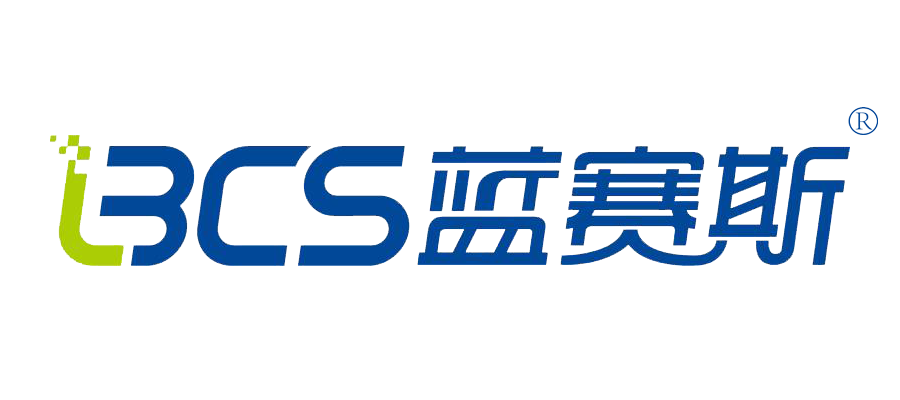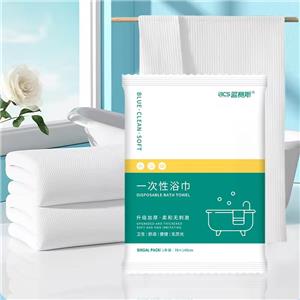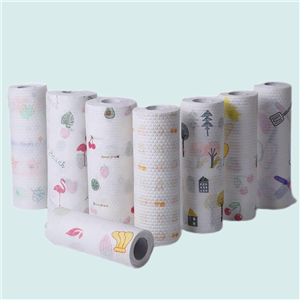What Is The Raw Material Of The Non-woven Fabric?
What is the raw material of non-woven fabrics? The exact name of the non-woven fabric should be a non-woven fabric, or a non-woven fabric. Because it is a fabric that does not require spinning woven fabrics, the woven short fibers or filaments are oriented or randomly stretched to form a web structure, which is then mechanically, thermally bonded or chemically bonded.
Non-woven fabric features
Nonwoven fabric breaks through the traditional textile principle, and has the characteristics of short process flow, fast production speed, high output, low cost, wide application and many raw materials.
The main uses of non-woven fabrics can be broadly divided into:
(1) Non-woven fabrics for medical and sanitary use: surgical gowns, protective clothing, sterilized cloth, masks, diapers, civilian rags, wipes, wet wipes, magic towels, soft towel rolls, beauty products, sanitary napkins, sanitary care Pads and disposable sanitary cloth, etc.;
(2) Non-woven fabrics for home decoration: wall coverings, tablecloths, bed sheets, bedspreads, etc.;
(3) Non-woven fabrics for clothing: lining, adhesive lining, flakes, styling cotton, various synthetic leather base fabrics, etc.;
(4) Industrial non-woven fabrics; filter materials, insulating materials, cement bags, geotextiles, coated cloths, etc.;
(5) Non-woven fabrics for agriculture: crop protection cloth, nursery cloth, irrigation cloth, heat preservation curtain, etc.;
(6) Other non-woven fabrics: space cotton, thermal insulation materials, oil absorbing felt, smoke filter, bag tea bags, etc.
Non-woven fabrics can be divided into different according to the production process:
1. Spunlaced non-woven fabric: The high-pressure fine water flow is sprayed onto one or more layers of the fiber web to entangle the fibers with each other, so that the fiber web can be reinforced and has a certain strength.
2, heat-bonded non-woven fabric: refers to the addition of fibrous or powdered hot-melt bonding reinforcement material in the fiber web, and the fiber web is then heated and melted to cool and form a cloth.
3, pulp airlaid non-woven fabric: can also be called dust-free paper, dry papermaking non-woven fabric. It uses the air-laid technology to open the wood pulp fiber board into a single fiber state, and then uses a gas flow method to agglomerate the fibers on the mesh curtain, and the fiber web is further reinforced into a cloth.
4. Wet-laid non-woven fabric: the fiber raw material placed in the water medium is opened into a single fiber, and at the same time, different fiber raw materials are mixed to form a fiber suspension slurry, and the suspended pulp is transported to a web forming mechanism, and the fiber is in a wet state. Reinforce the cloth into a cloth.
5, spunbond non-woven fabric: after the polymer has been extruded, stretched to form continuous filaments, the filaments are laid into a net, and the web is then self-bonded, thermally bonded, chemically bonded or mechanically reinforced. The method is to make the web into a non-woven fabric.
6. Meltblown non-woven fabric: The process: polymer feeding --- melt extrusion --- fiber formation --- fiber cooling --- netting --- reinforcement into cloth.
7. Needle-punched non-woven fabric: It is a kind of dry-laid non-woven fabric. The needle-punched non-woven fabric is a puncture effect of a lancet, and the fluffy fiber web is reinforced into a cloth.
8. Non-woven fabric: It is a kind of dry non-woven fabric. The stitching method is to use warp knitting coil structure for web, yarn layer, non-woven material (such as plastic sheet, plastic thin metal foil, etc.) or Their combination is reinforced to form a nonwoven fabric.
The material of the non-woven fabric is very much, mainly depending on what purpose to distinguish. Here I will briefly explain that the materials are polyester, polypropylene, aramid, acrylic, nylon, composite, ES, 6080, vinylon, spandex, etc. I can say that they are all fibers. The finished products produced by different materials with different processes have their own very significant features, which means that the uses are very different, and if you want to replace each other, it is really not a simple matter.




